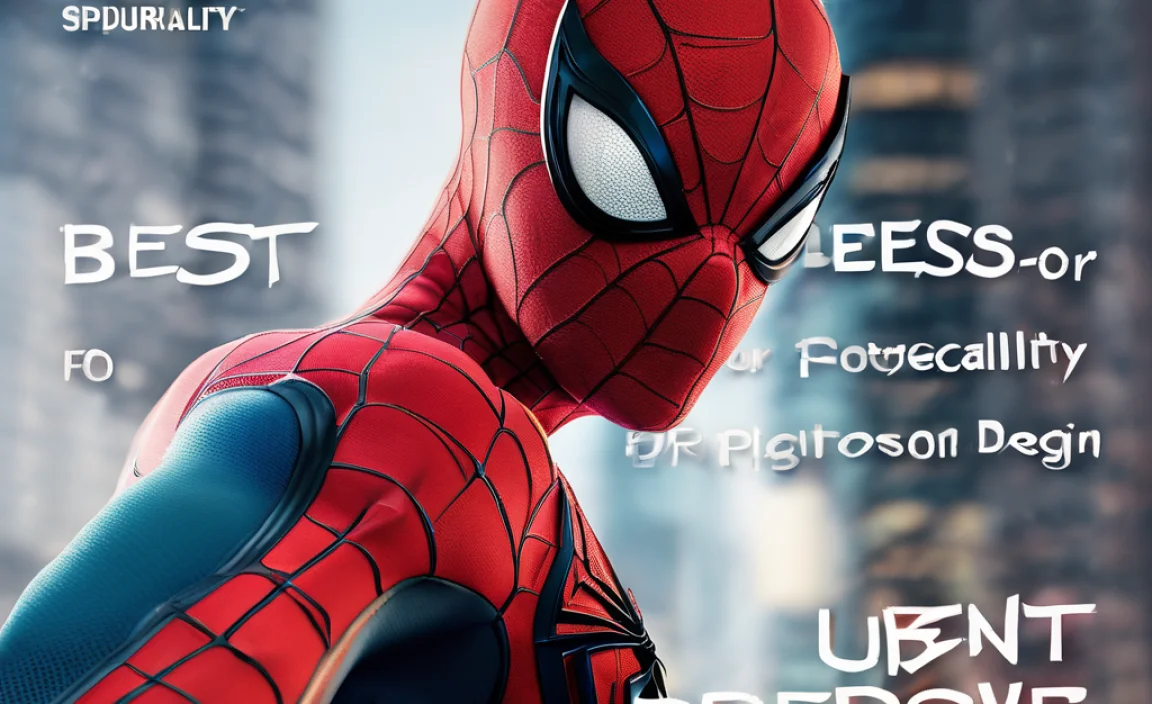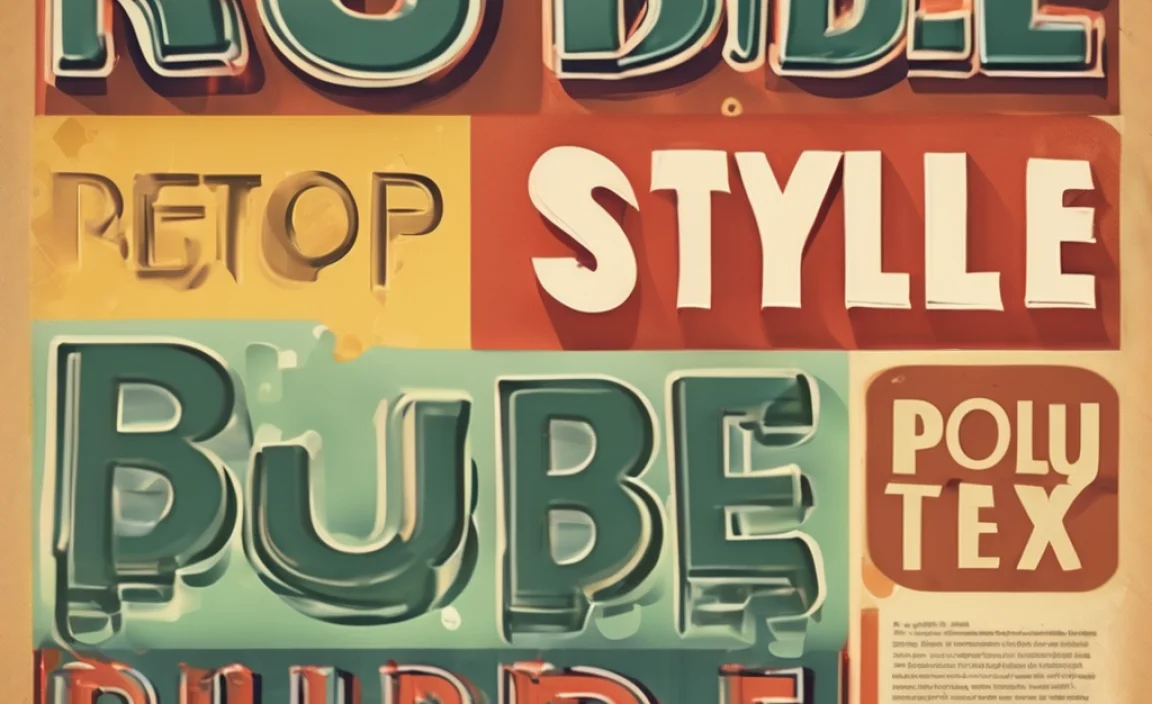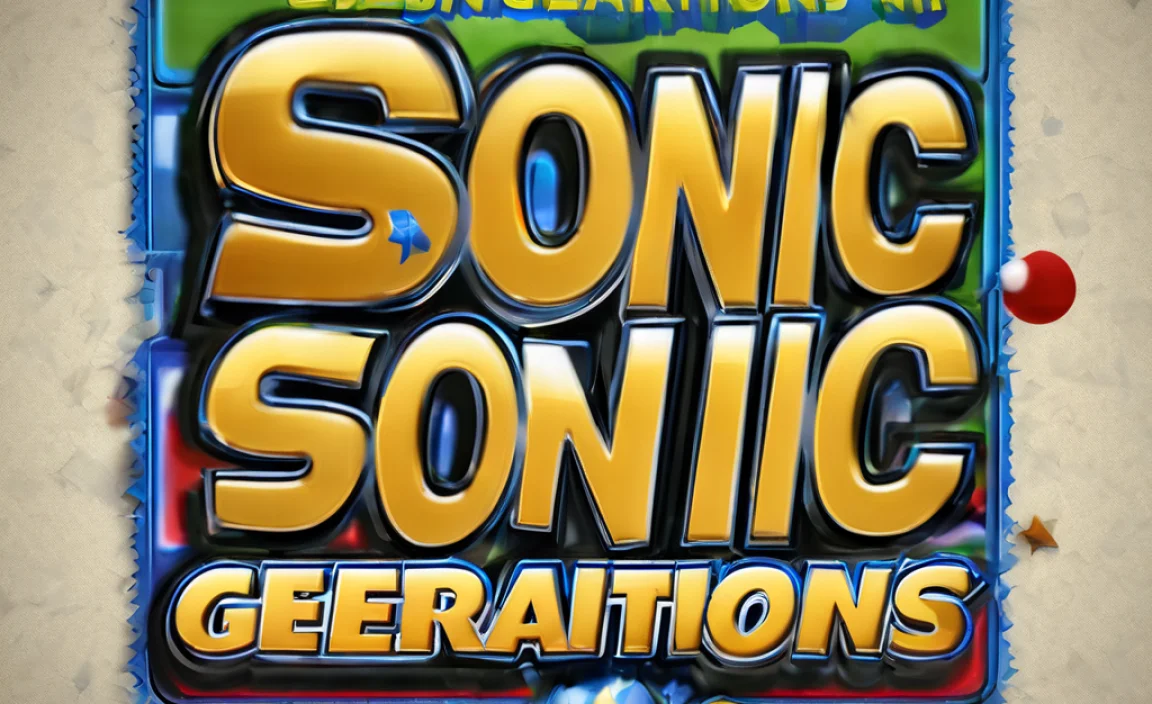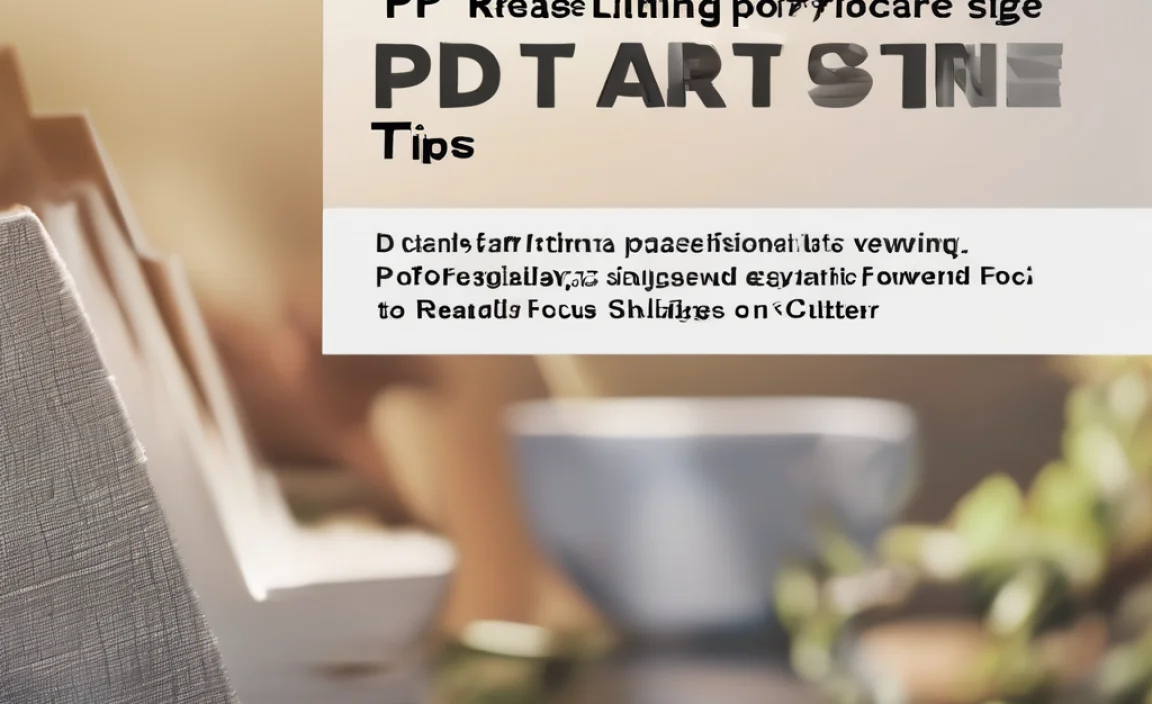The “Legend of the Guardians” font evokes a sense of mythical adventure and ancient wisdom. Discover essential styles that capture its iconic look, perfect for creating that same enchanting, epic feel in your own designs. Explore serif, display, and subtly stylized fonts to bring your projects to life.
Ever scrolled through a stunning movie poster or a captivating book cover and felt that immediate pull into another world? Often, the lettering plays a huge part in that magic! If you’ve been enchanted by the visual world of “Legend of the Guardians” and are looking to capture its unique font style, you’re in the right place. It can be tricky to pinpoint that perfect typeface that whispers tales of owls, bravery, and ancient lore. But don’t worry, we’ll guide you through the essential styles that echo the spirit of the Guardians, making your designs as memorable as the Great Ga’Hoole tree itself.
This guide will break down the characteristics of fonts that achieve that fantastical, noble feel. We’ll explore different font categories, suggest specific types that align with the “Legend of the Guardians” aesthetic, and offer tips on how to use them effectively. Get ready to infuse your projects with a touch of owl wisdom and epic adventure!
Unpacking the “Legend of the Guardians” Font Vibe
When we talk about the “Legend of the Guardians Font,” we’re not usually referring to a single, officially named typeface used across all promotional materials. Instead, it’s about the overall feeling the typography evokes. This vibe is a rich blend of
- Epic Fantasy: Think grand adventures, sweeping landscapes, and heroic journeys.
- Ancient Wisdom: There’s a regal, almost scholarly feel, hinting at old traditions and deep knowledge.
- Noble & Heroic: The characters often feel strong, proud, and determined, mirroring the noble owls themselves.
- Detailed & Ornate: Sometimes, there’s an underlying complexity, like intricate feather patterns or ancient runes.
To recreate this, designers often lean towards fonts that combine classic elegance with a touch of the dramatic. It’s a balance between readability for storytelling and distinctiveness for impact. Let’s dive into the styles that nail this.
Essential Font Styles for the “Legend of the Guardians” Feel

The magic of “Legend of the Guardians” can be channeled through a few key font categories. Understanding these will help you choose wisely for your own creative endeavors.
1. Majestic Serif Fonts: The Pillars of Wisdom
Serif fonts have those little decorative strokes (serifs) at the ends of letterforms. They often convey tradition, authority, and a sense of history – perfect for the ancient wisdom aspect of the Guardians.
Characteristics to Look For:
- Strong, Open Forms: Letters should feel sturdy and well-defined.
- Clear Readability: Essential for telling longer stories or providing important information.
- Slightly Classical or Old-Style Feel: Think fonts that have been around for a while, conveying timelessness.
- Varied Stroke Contrast: A noticeable difference between thick and thin parts of the letter can add elegance.
Examples & Why They Work:
- Trajan Pro: This font screams epic historical films and grand tales. Its all-caps nature and distinct Roman proportions give an immediate sense of importance and timelessness, much like the ancient legends of the Guardians. It’s often used for movie titles and significant headings.
- Garamond (or similar Old-Style Serifs): Fonts like Garamond, Caslon, or Minion offer a softer, more literary feel. They are highly readable and exude a scholarly, refined elegance that suits the wise elders and lore-keepers of the Guardians.
- Cinzel: Inspired by Roman inscriptions, Cinzel offers a more decorative yet highly legible serif style. It has sharp, elegant lines that can add a touch of grandeur without sacrificing readability, fitting for important inscriptions or titles.
These serifs act as the backbone for conveying gravitas and a sense of epic narrative. They are your go-to for headings that need to feel significant and ancient.
2. Dramatic Display Fonts: Capturing the Spectacle
Display fonts are designed for impact and are often best used for headlines, titles, or short bursts of text. For “Legend of the Guardians,” these fonts bring the spectacle, the fantasy, and the high-flying action.
Characteristics to Look For:
- Unique Letterforms: They often have distinctive shapes to grab attention.
- Evocative Style: They should visually communicate the fantasy, adventure, or mystique.
- Thematic Accents: Sometimes they incorporate elements like flourishes, sharp angles, or textured looks that hint at the world’s lore.
- Decorative Elements (Use Sparingly): While ornate can be good, too much can hurt readability.
Examples & Why They Work:
- “Movie Poster” Style Fonts: Many fonts designed for film titles capture this feel. They might feature slightly elongated characters, dramatic high-contrast strokes, or subtle flourishes that suggest flight or ancient carvings. Think of fonts that could appear on epic fantasy movie posters.
- Blackletter/Gothic Inspired (Modernized): While traditional Blackletter can be hard to read, some modern interpretations offer a dramatic, historical feel without being overly dense. These can evoke ancient scripts and formidable warrior clans. Be selective, as legibility is key.
- Fonts with a ‘Feathered’ or ‘Textured’ Feel: Some display fonts might subtly hint at the textures of feathers or ancient stone, directly referencing the owl motifs and the weathered world of the Guardians.
When choosing a display font, consider where it will be seen. Website hero banners, book covers, or event titles can all benefit from the dramatic flair these fonts offer. Always pair them with a more readable font for body text.
3. Subtle Stylized Sans-Serifs: Modern Adaptations
Sans-serif fonts lack the decorative serifs, often feeling more modern and clean. However, certain stylized sans-serifs can still carry a sense of noble strength and clear purpose, adapting the Guardians’ essence for contemporary design.
Characteristics to Look For:
- Geometric or Humanist Forms: Clean lines or slightly more organic, friendly curves.
- Good Weight Variety: Available in light, regular, bold, etc., offering flexibility.
- A Touch of Character: Look for subtle details in the letterforms that give them a unique personality, perhaps a slight widening at the terminals or unique angles.
- Excellent Legibility: Crucial for digital use and broader applications.
Examples & Why They Work:
- Nixie One: This font offers a unique, slightly condensed, and elegant style with a calligraphic touch. Its flowing lines and distinct character can feel both modern and ancient, like a stylized feather in motion.
- Oswald: A well-loved condensed sans-serif, Oswald is strong, clear, and works incredibly well for titles and short headings where space is tight but impact is needed. Its straightforward, noble stance fits the heroic aspects.
- Montserrat or Lato (Selected Weights/Uses): While generally versatile, using heavier weights or specific creative applications of fonts like Montserrat or Lato can lend a strong, modern, yet approachable feel. They provide a neutral yet confident base.
These sans-serifs are great for bridging the gap between the epic fantasy and modern usability. They can be excellent for subheadings, website navigation, or any place where clear, strong communication is needed with a hint of that ethereal Guardians’ spirit.
Font Pairings: Creating Harmony and Contrast
The key to a truly effective design isn’t just finding one great font, but knowing how to combine them. Think of it like a wise old owl mentoring a young hero – one provides wisdom and gravitas, the other provides energy and clarity.
The Expert’s Trick: Serif for Headlines, Sans-Serif for Body Text (and vice-versa!)
This is a classic and highly effective combination. For the “Legend of the Guardians” feel:
- Epic Title + Clear Story: Use a majestic serif (like Trajan Pro or Cinzel) for your main headings or titles. Then, pair it with a clean, readable sans-serif (like Lato or Montserrat) for your paragraphs. This creates a strong hierarchy and ensures your story is easy to follow.
- Modern Impact + Ancient Echo: Alternatively, you can use a strong, stylized sans-serif (like Oswald) for your headlines. Then, choose a more characterful or subtly elegant serif (like Garamond or Minion) for your body text. This can offer a more contemporary twist while still retaining that sense of depth and lore.
When to Use The Same Font Family
Sometimes, using different weights and styles within the same font family can create a cohesive yet varied look. For instance:
- Headline: Use the Bold or Black weight of your chosen serif or display font.
- Subheading: Use the Medium or Semibold weight.
- Body Text: Use the Regular or Light weight.
This method ensures consistency and can be very effective when the chosen font family already embodies the desired “Guardians” vibe.
Things to Watch Out For with Font Pairs:
- Too Much Contrast: Mismatched fonts can clash, making your design look messy. Aim for fonts that complement each other.
- Readability Issues: Never sacrifice readability for style, especially for body text.
- Overly Similar Fonts: Pairing two fonts that are too alike won’t create a clear visual hierarchy.
Applying the “Legend of the Guardians” Font Styles in Your Projects

Now that we’ve explored the styles, let’s look at how to implement them. Whether you’re designing a website, marketing materials, or a personal project, these tips will help.
For Website Design
Web fonts need to be legible on screens of all sizes. Google Fonts offers a fantastic, free library of high-quality typefaces that can help you achieve the “Guardians” aesthetic.
- Hero Section Titles: Use a bold serif like Cinzel Decorative or a strong display font to capture attention immediately.
- Navigation & Buttons: A clean sans-serif like Oswald or Lato works perfectly for clarity and ease of use.
- Body Content: Fonts like Merriweather (a readable serif) or Open Sans (a clean sans-serif) are excellent choices for longer text.
You can find many of these fonts and explore their pairings on the Google Fonts website. They even offer usage instructions for web developers.
For Graphic Design (Posters, Book Covers, Branding)
Here, you have a bit more freedom for stylistic flair, especially with print.
- Book or Movie Titles: This is where a distinct display font or a majestic serif like Trajan Pro can truly shine. Think about the mood you want to convey – adventure, mystery, epic scale.
- Logos: If branding for a project with a similar theme, consider a stylized serif or a sans-serif with unique letterforms. Ensure it’s scalable and recognizable even at small sizes.
- Marketing Materials: Use a combination of a striking headline font and a highly readable body font for flyers, brochures, or social media graphics.
For high-quality, paid fonts that offer extensive character sets and stylistic options, explore foundries like Adobe Fonts (often included with Creative Cloud subscriptions) or sites like MyFonts. For example, looking at font families like ‘Crimson Text’ or ‘Cardo’ on Adobe Fonts can yield excellent results for more traditional, elegant feels.
For Bloggers and Content Creators
Readability is king for blogs, but you still want personality!
- Blog Post Titles: Use a font that is exciting and fits your niche. It could be a bold serif or a more decorative font, as long as it’s still legible at a glance.
- Subheadings: Use a different weight or style of your title font, or a complementary sans-serif, to break up text.
- Main Blog Content: Stick to highly readable fonts like Open Sans, PT Serif, or Roboto. Ensure a good font size and line spacing for comfortable reading. Many blogging platforms allow you to easily integrate custom fonts or choose from pre-selected libraries.
Understanding Font Terminology: A Quick Guide
To make informed choices, it helps to know a few basic terms. Don’t let them intimidate you; they’re just labels!
| Term | What it Means | “Guardians” Vibe Connection |
|---|---|---|
| Serif | The small decorative strokes attached to the end of a letter’s main strokes (e.g., the feet on an ‘A’). | Adds a classic, traditional, and knowledgeable feel, like ancient scrolls or wise owls. |
| Sans-Serif | Fonts without serifs (literally “without serifs”). They have clean, modern lines. | Can convey strength, clarity, and a more action-oriented or modern heroic feel when stylized. |
| Display Font | Fonts designed for large-scale use, like headlines or titles, often highly decorative or unique. | Perfect for capturing the epic, fantastical, and dramatic elements of “Legend of the Guardians.” |
| Script Font | Fonts that mimic handwriting or calligraphy, often with flowing connections. | Use sparingly. Might evoke ancient scrolls or a personal, mystical message, but can quickly reduce readability if overused or in the wrong context. |
| Kerning | The adjustment of space between individual pairs of letters to achieve a visually pleasing spacing. | Good kerning ensures that even dramatic fonts look polished and professional, enhancing their epic or elegant feel. |
| Weight | The thickness of a font’s strokes (e.g., Light, Regular, Bold, Black). | Varying weights within a typeface family creates hierarchy and adds visual interest, much like different roles within the Guardians. |
Choosing Fonts: A Practical Step-by-Step Approach
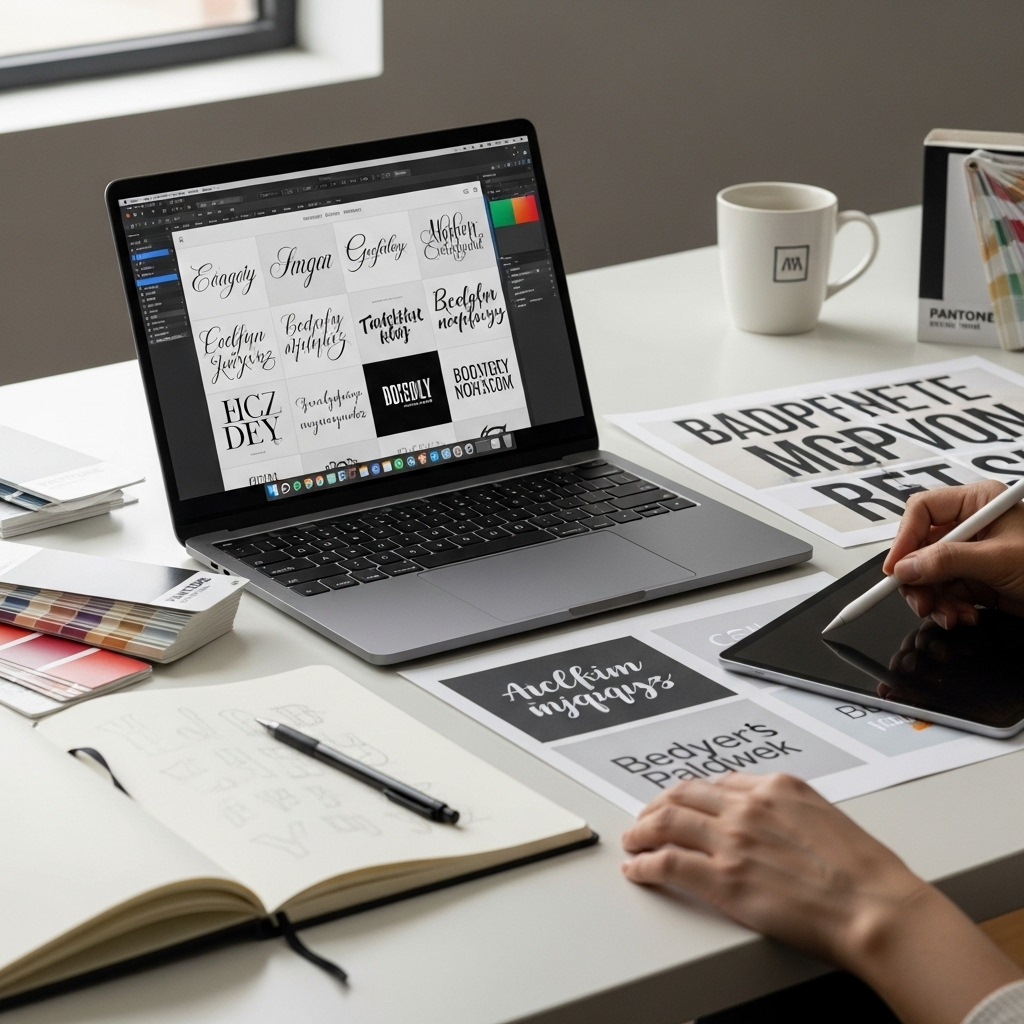
Feeling inspired? Here’s a simple process to help you select the perfect fonts for your “Legend of the Guardians” inspired project:
- Define Your Project’s Core Message: What feeling do you want to evoke? Is it primarily about adventure, wisdom, mystery, or heroism?
- Identify Your Primary Font: This is typically for your main titles or headlines. Look for a font that strongly aligns with your core message. A majestic serif or a dramatic display font is often a good starting point.
- Select Your Secondary Font: This font will be used for body text or longer blocks of information. Prioritize readability above all else. A clean sans-serif or a simple, elegant serif usually works best.
- Test Them Together: Use font pairing tools (like those on Google Fonts or Adobe Fonts) or simply try them out in your design software. Check if they complement each other or clash. Look

